Our vanlife trip continues in Cornwall. Here we discover the next sights and enjoy the south of England. Already, we notice a clear difference to the north because the sun, although not yet strong, gives off more heat. We don’t miss the chance to drive to the most western part of Cornwall.
Almost 15 years ago Mimi was already in Cornwall once with her parents and has many great memories. We are curious to see what has changed in the last 15 years.
Tintagel
To Tintagel we go mainly – actually exclusively – to look at the Tintagel Calstle. Here, according to the writer Geoffrey of Monmouth, King Arthur is said to have been conceived with the help of Merlin. Other authors claim that Arthur was also born here. Based on the legends, Richard, Earl of Cornwall, had a castle built here in the 1230s. However, until today there is no evidence for these legends.
The castle is located on a small peninsula just off the coast. Today, an impressive suspension bridge leads from the main English island over the surf to the peninsula.
On the peninsula, the remains of the former castle can be walked through and admired.
Almost at the top stands a 2.4m high bronze sculpture, which bears the name Gallos. It is popularly referred to as the “King Arthur Statue,” but the site’s owner, English Heritage, explains that it is not meant to represent any one individual, but to reflect the general history of the site.
A narrow, steep staircase leads to the small beach at the base of the peninsula. From here you can visit Merlin’s Cave. The cave is about 100m deep and can be visited at low tide. Unfortunately, we are here at high tide and so we can only look at it from the outside.
Since the entrance fee for Tintagel Castel is relatively high and Paddy doesn’t want to pay so much for just a few cairns, Mimi visits the castle alone. In the meantime, Paddy takes the path directly along the cliff, the view of the mini island is just as spectacular. From the coast you can also see Merlin’s cave.
Opening hours vary throughout the year, as there is a distinction between low season, standard and high season. Prices also vary depending on the season and also on the day of the visit. On very popular days, prices go up. Even when buying tickets, we were a bit confused. Since no less than 5 different prices were given. In the end, Mimi paid £16.30 for her ticket in the low season. The cheapest price for an adult.
Land’s End
Land’s End is at the far western tip of England. From here on it is only on the water further to the west. The actual attraction which is called Land’s End must be some kind of amusement park in the summer. Towards the end of the year at the time of our visit, however, most of the stands, the ghost train and the 3D cinema are closed. For us it fits, because we came here mainly because of the cliffs and the – once again – barren landscape. Here, the Atlantic waves hit the English island unchecked. Everywhere along the coast the spray shoots up. We walk further on the cliffs and unexpectedly come across the remains of a wrecked ship. The rusty skeleton of the ship still lies exposed to the waves between jagged rocks. The rusty red is a strong contrast to the gray rocks. Not far away we see a small herd of donkeys grazing. Or are they mini-ponies after all? We catch a few glimpses, they are almost hiding from the tourists off the trail in what we consider rough terrain.
After the coastal hike we treat ourselves to a break in the restaurant located there. It is probably the last hotel. But there are many restaurants already on the way to Land’s End as the last pub, the last hostel, yes just everything named so that it has a chance to be the last something before the sea.
Eden Project
On our onward journey in Cornwall back towards Exeter we visit the Eden Project. For all our readers from Switzerland, the Masoala Hall is probably the right comparison. But at the Eden Project there are several halls with different climates and accordingly planted. We start in the tropical climate zone and the difference to the outside prevailing temperatures of between 10°-17°C is oppressive and soothing at the same time. At 28°C and very high humidity we get rid of our jackets and start the tour.
There are water palms and many other different plant species: papaya trees, orchids and much more which really takes us back to our Asia trip that we remember vividly. On the way there are also information booths and small replica huts. Especially at the corrugated iron roof, which is artificially sprinkled with water, we felt reminded of Don Det in Laos. Exactly as strong of a rainfall we have experienced in Laos. In order to reproduce this rainfall here, min. 15 rain shower heads are necessary for the estimated 5 square meters of corrugated iron roof.
The path continues through the tropical hall via suspension bridges. By means of a staircase suspended from the roof we can climb the viewing platform. In airy heights we can view the leafy canopy from above from the platform. The tour is beautifully designed and we then enter the African, subtropical area of the hall. Again, there are probably typical, but for us not verifiable, market stalls and huts. A great thing! The vanilla plant, for example, has its own information area dedicated to it.
After the tropical hall, we continue in the Mediterranean hall. Here the temperatures are noticeably cooler again. Also, the flora is not as impressive for us, already Italy is situated in the Mediterranean zone. However, the many different chili plants are an eye-catcher for us.
Besides the halls, the ecological sustainability aspect is of central importance. The whole facility was built in a former quarry to renaturalize the area that has been heavily overused by humans. It is the pioneer project that brings the knowledge of sustainability to the world. We learn here that there is an offshoot on several other continents, some in third world countries, to promote biodiversity and awareness about ecology in the world.
Mon-Fri, 10:00-16:00
Sun-Sat, 09:30-18:00
From time to time, however, the facility is closed for entire days, so it’s worth checking the opening hours online beforehand (https://www.edenproject.com/visit/opening-times).Ticket prices vary according to season; £32.50 – £37.50/adult, £11.00 – £12.00/child
Plymouth
Next stop is Plymouth. This coastal city has a long seafaring past. Here we find a parking space on a parking lot directly at the harbor. The parking fees are fixed for 24h on a flat rate and so we can stay in Plymouth until the next afternoon.
We walk through the old town at the harbor and visit among other things the Elizabethans Garden. This garden is located in a courtyard of bourgeois buildings and gives insight into past times. In order for the upper classes to feel comfortable, these green spaces were deliberately built away from the street, at that time of course not open to the public. The city also underwent a major transformation in the middle of the last century. Many of these similarly built buildings fell victim to many political actions. Especially, after the middle class moved further into the outskirts of the city and almost a kind of ghetto unfolded in these houses, rabid measures were taken. Therefore, the few rows of houses and gardens that remained are particularly valuable in retrospect.
These are our main stops in Cornwall. We liked this province and would come here again. The manners are more down to earth and not quite as snooty as in the big cities of England. Again, that doesn’t matter, we just enjoyed the big city amenities in the big cities vice versa.

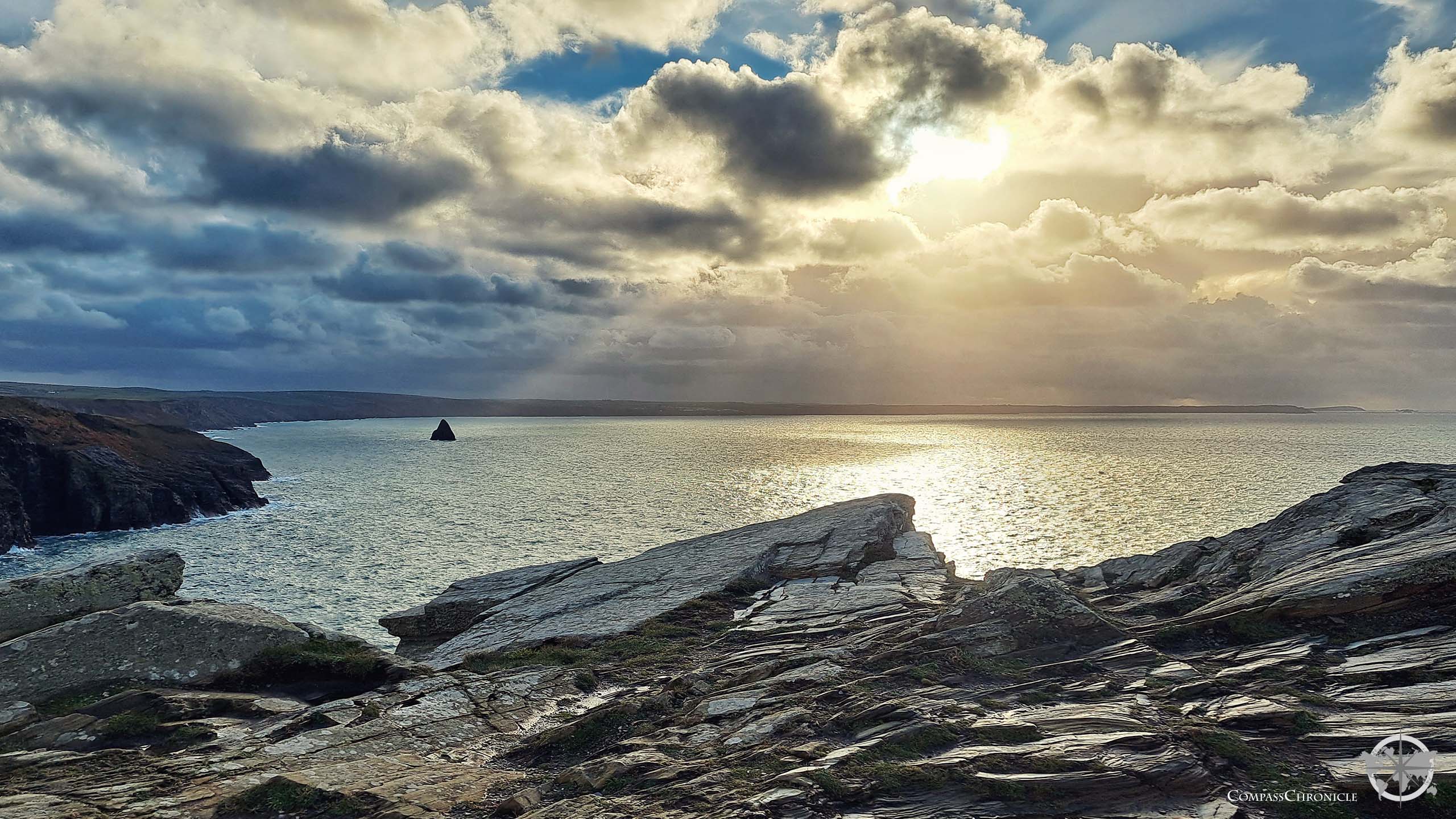

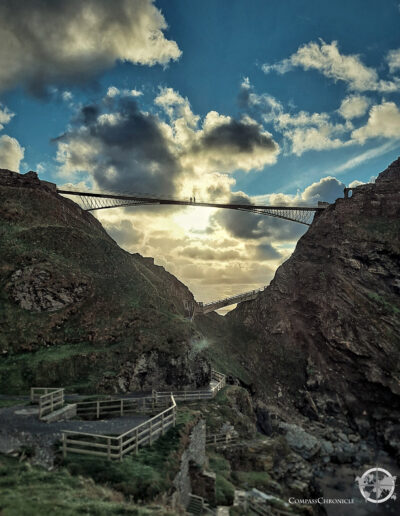
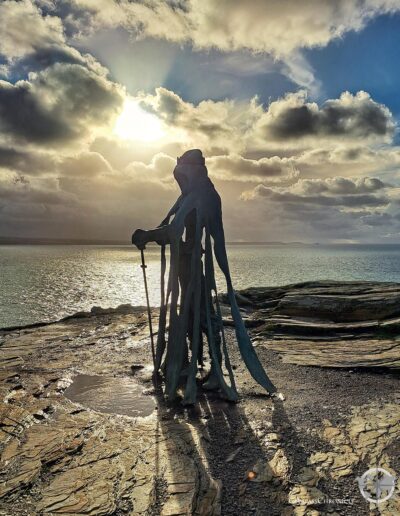
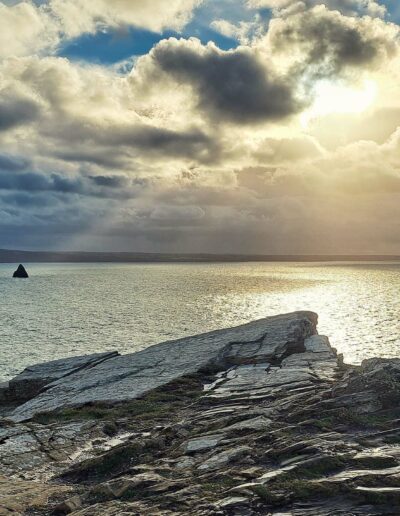
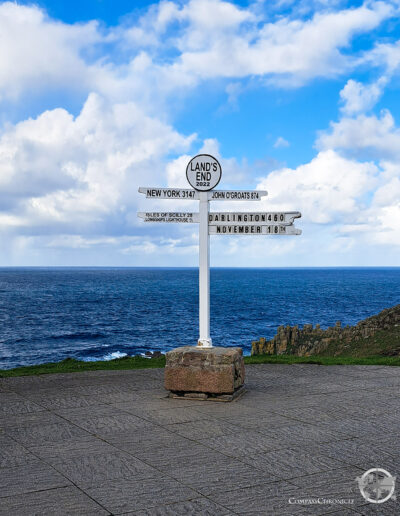
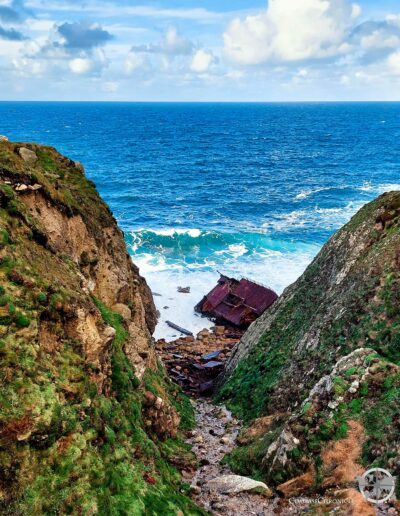
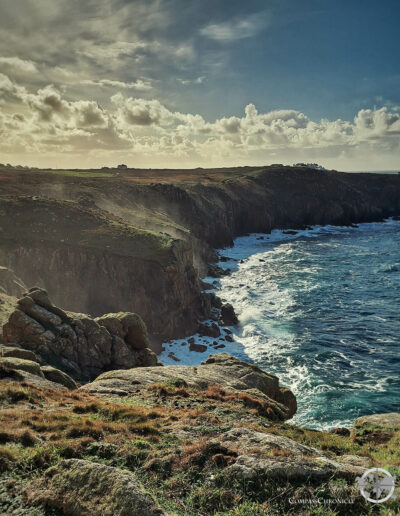
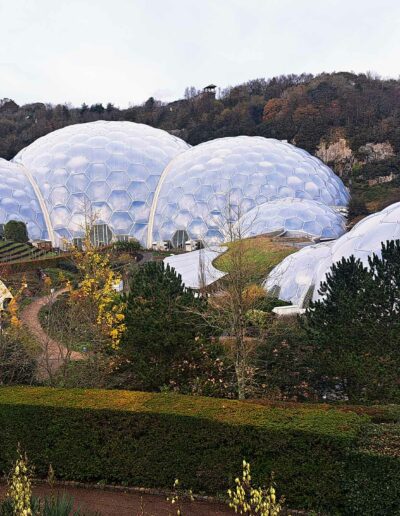
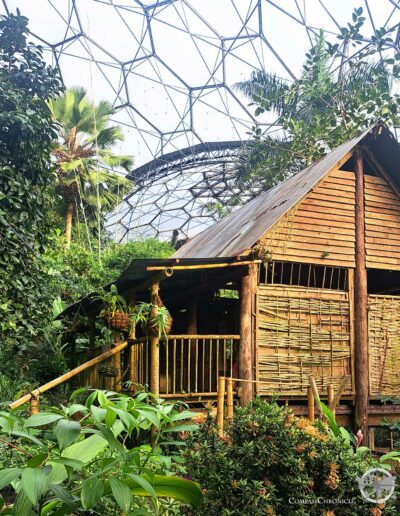

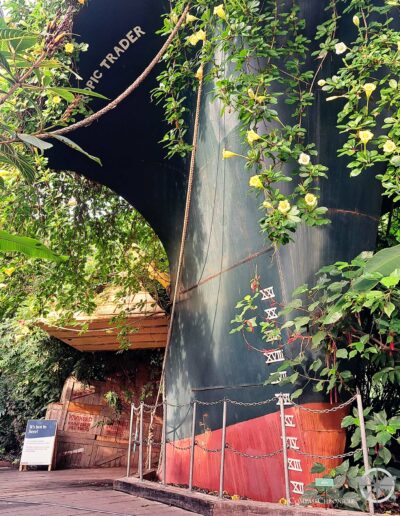
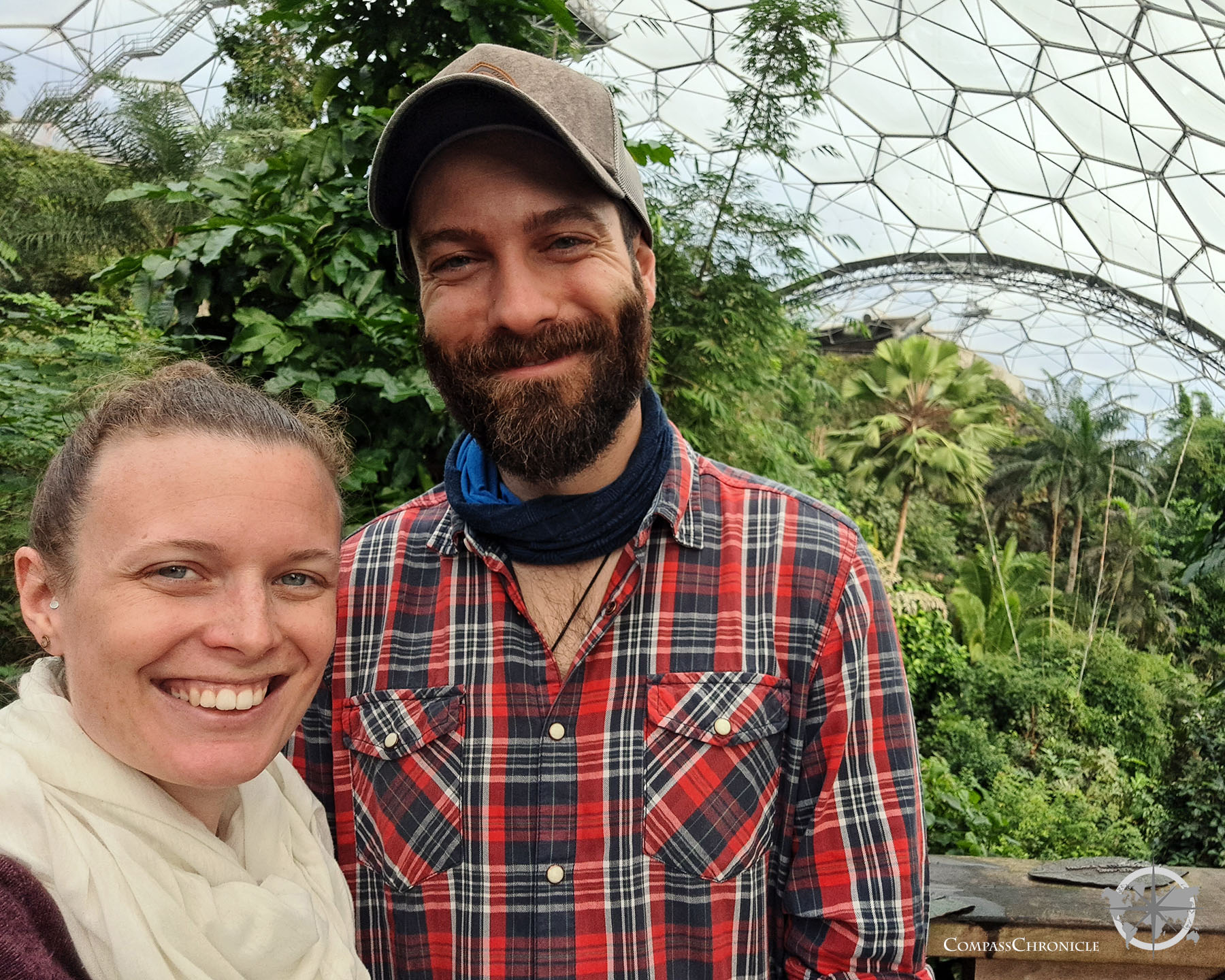
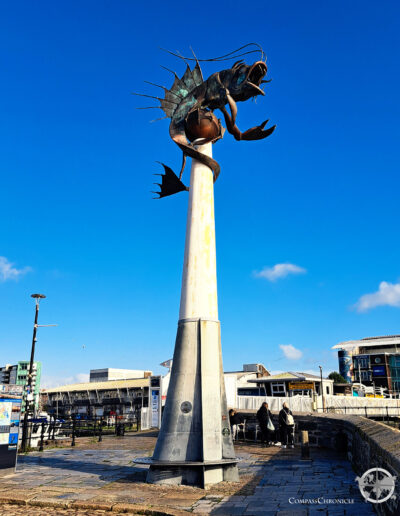


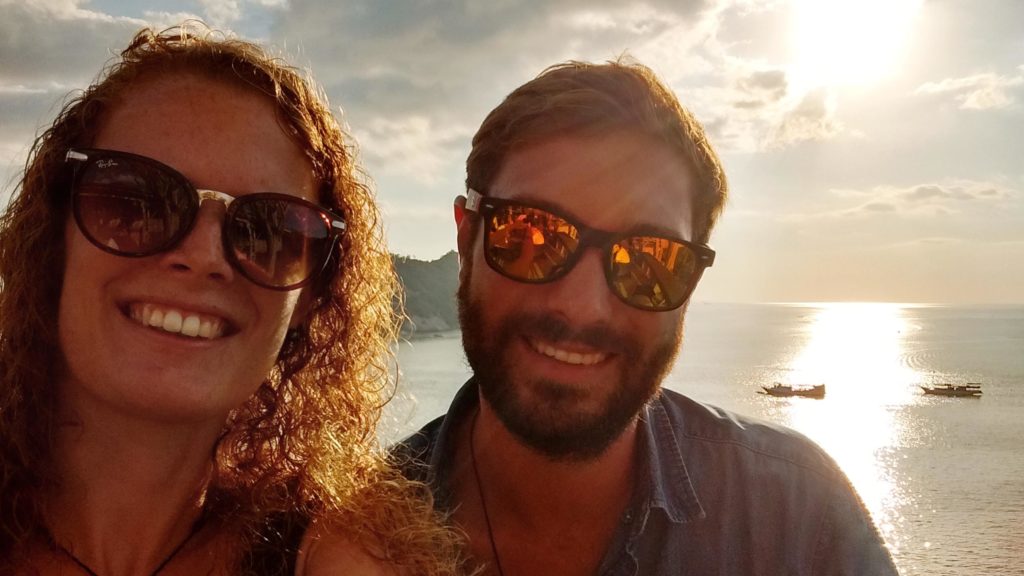
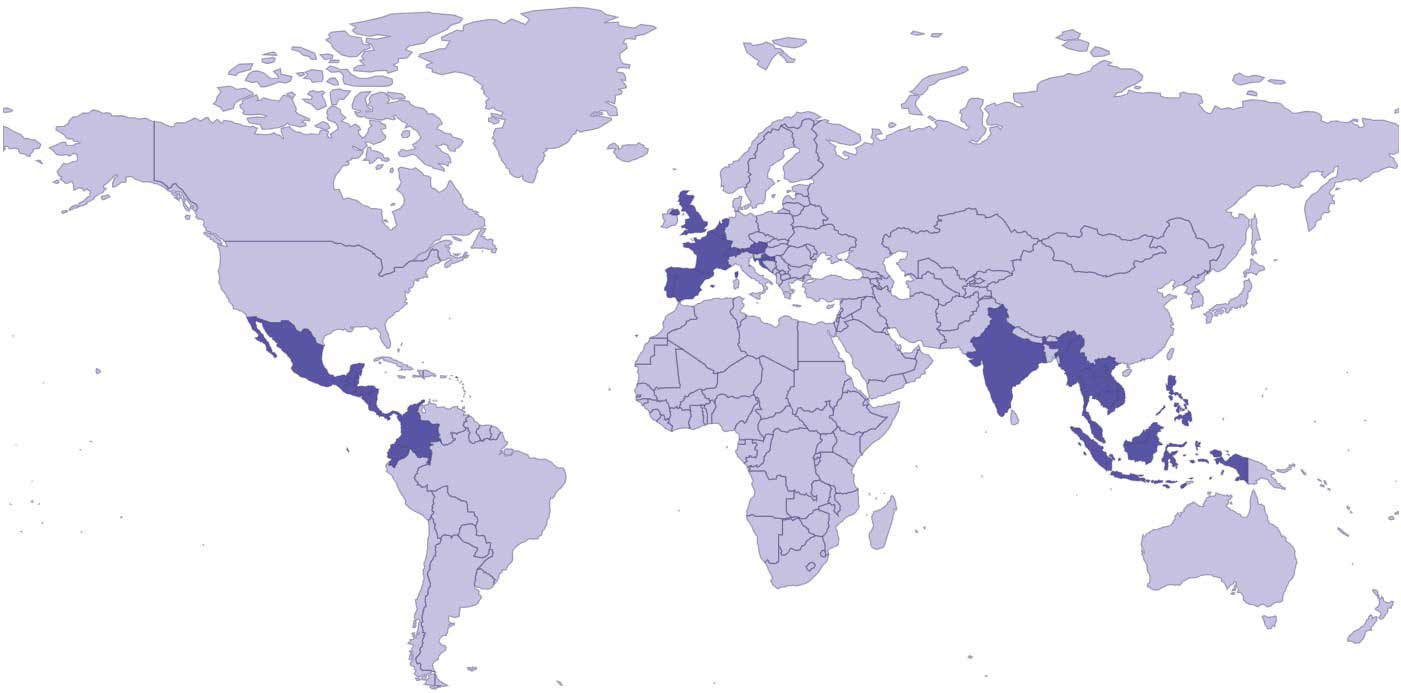

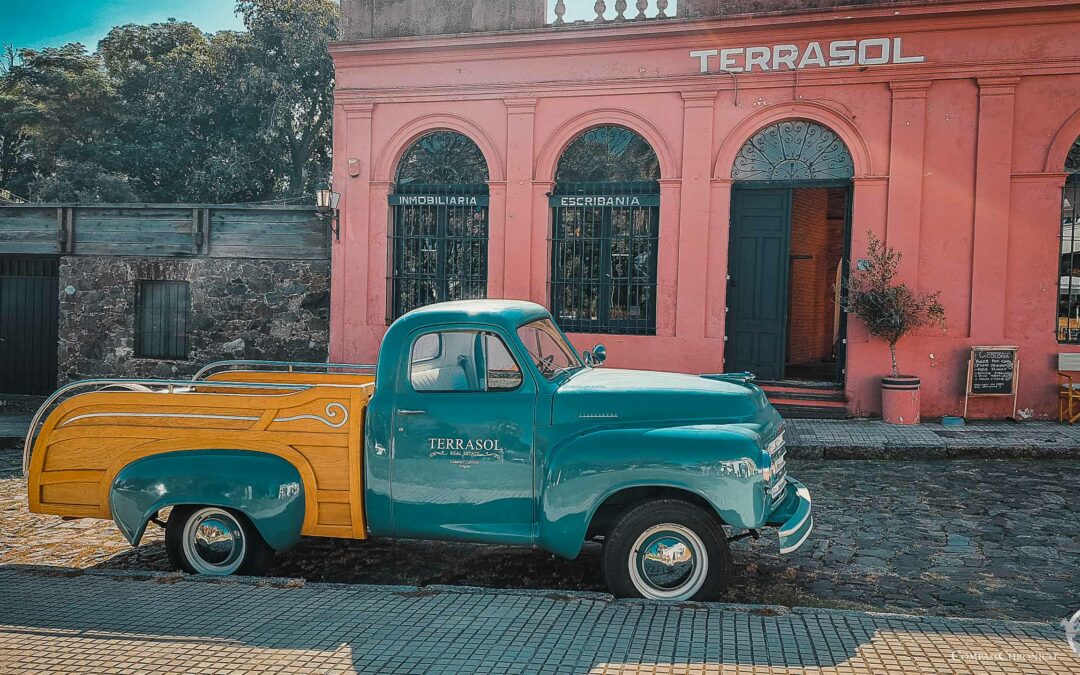
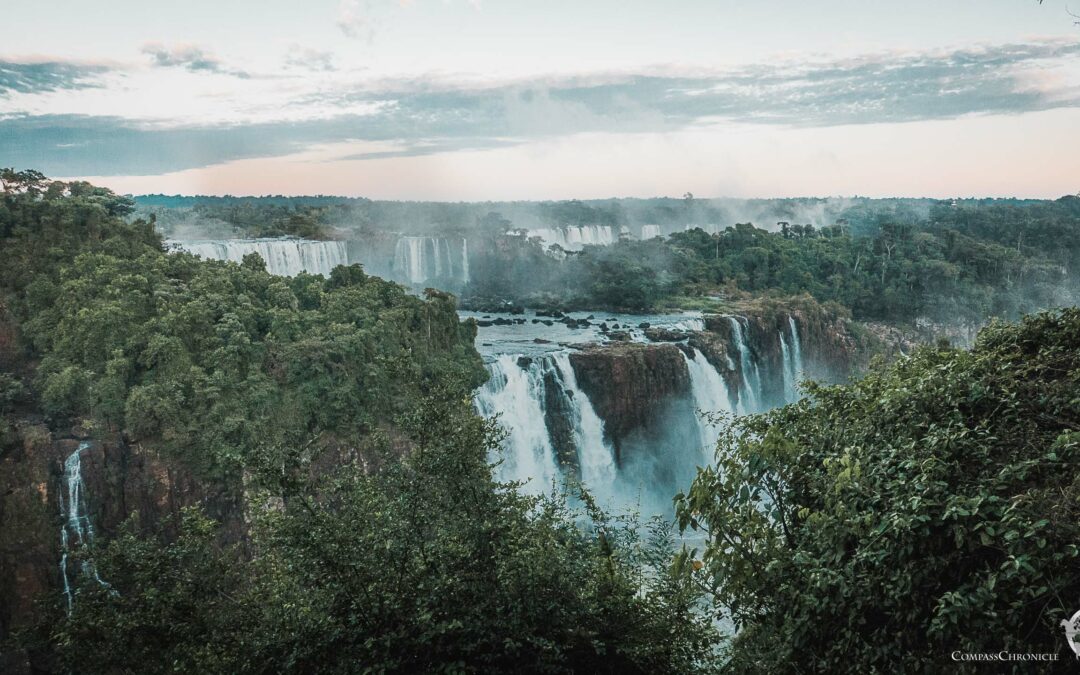
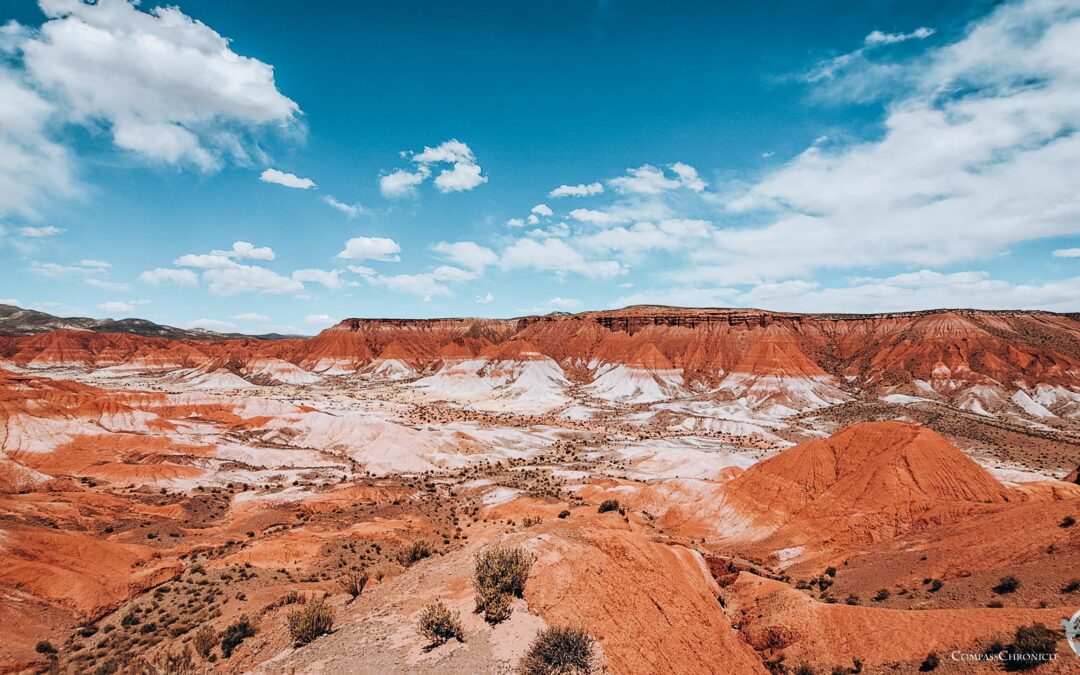
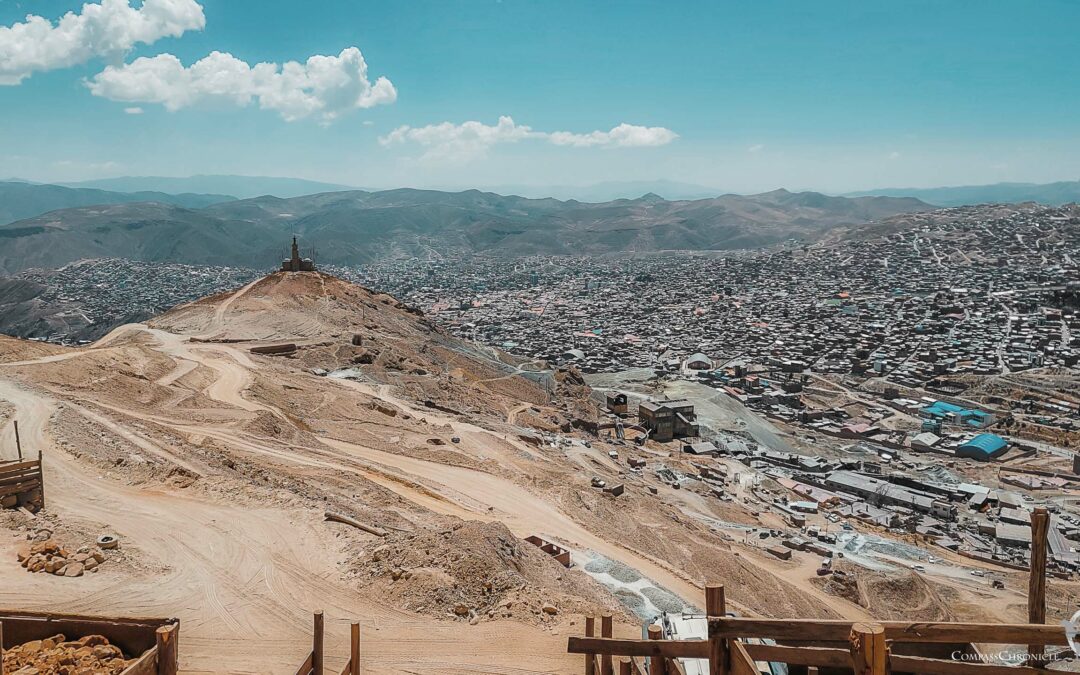

0 Comments